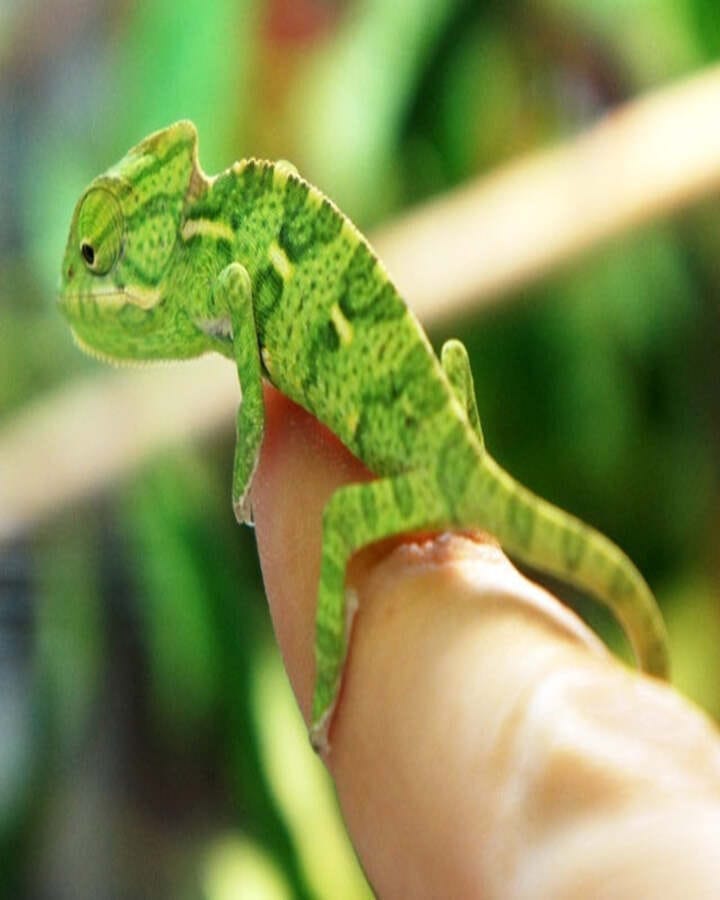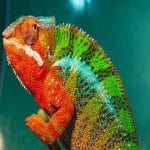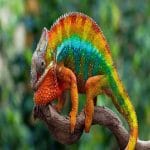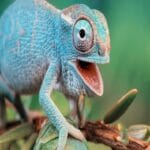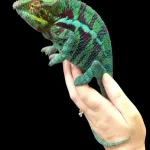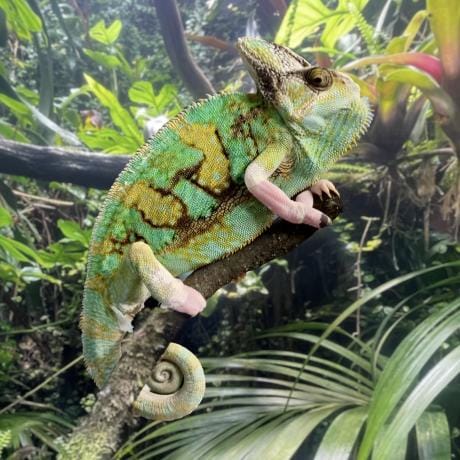
Image Credit- Hema
The Rhinoceros Chameleon is one of Madagascar’s most captivating reptiles, known for the horn-like projection on the snouts of males that gives the species its name. With its ability to change color, move each eye independently, and blend seamlessly into its environment, this chameleon stands out as both a master of disguise and a symbol of unique evolution. Whether you’re a reptile enthusiast or just curious about exotic wildlife, the Rhinoceros Chameleon is definitely a species worth exploring.
Rhinoceros Chameleon : Perfect guide
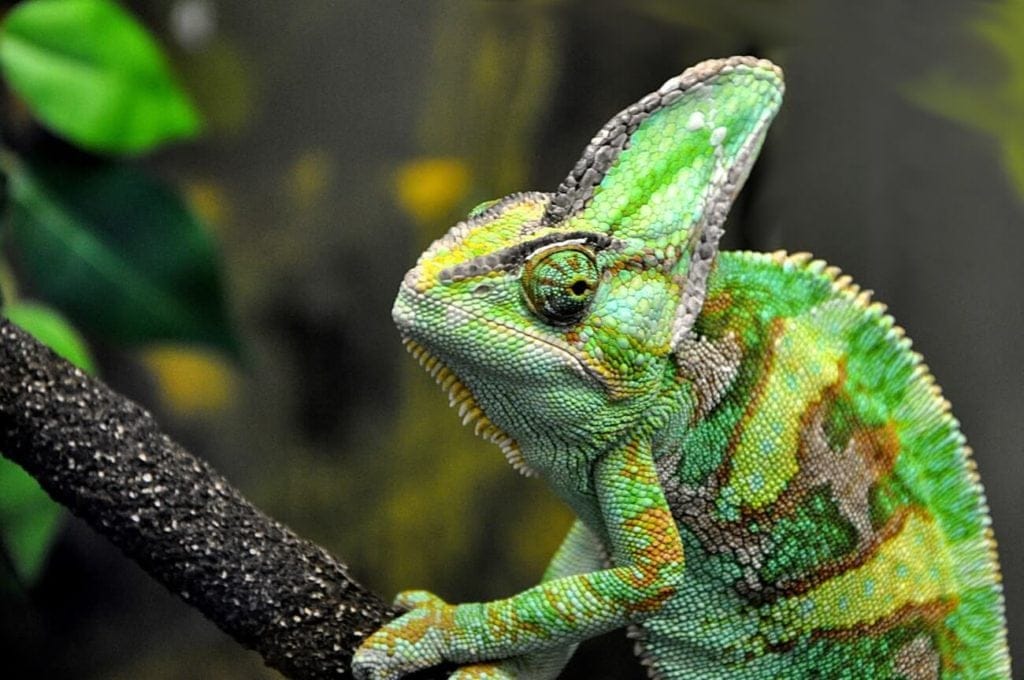
Madagascar is home to some of the most fascinating and unusual reptiles on Earth, and among them is the remarkable Rhinoceros Chameleon (Furcifer rhinoceratus). Named for the prominent horn-like structures protruding from the snouts of males, this unique chameleon species is not only a visual marvel but also a testament to the biodiversity of the island.
What Makes the Rhinoceros Chameleon Unique?
The most distinctive feature of this chameleon is its “rhino-like” nasal appendage, which is primarily found in males. These horns are not used for fighting, but rather for display, especially during mating rituals. The females, in contrast, lack this prominent horn and have more subdued coloration.
These chameleons are relatively large, with adult males growing up to 30 cm (about 12 inches) in length. They display the classic chameleon abilities—color changing, slow and deliberate movements, and eyes that can rotate independently.
Habitat and Behavior
Rhinoceros are endemic to Madagascar, typically found in dry deciduous forests. They are arboreal and prefer staying among tree branches and shrubs, where their camouflage provides excellent protection from predators.
Though generally solitary, males will compete for females during the breeding season. They are insectivores, feeding on a variety of insects which they catch using their lightning-fast, sticky tongues.
Conservation Status
Like many of Madagascar’s native species, the Rhinoceros Chameleon is facing habitat loss due to deforestation. While not yet critically endangered, their populations are under pressure, making conservation efforts crucial to ensure their survival.
Why You Should Care
The Rhinoceros Chameleon is more than just a cool-looking reptile; it’s a symbol of Madagascar’s fragile ecosystem. By protecting these creatures, we also help preserve one of the most biologically rich regions on the planet.
From its distinct horn to its fascinating behavior, the Rhinoceros Chameleon is a true wonder of the animal kingdom. As deforestation threatens its natural habitat, it’s more important than ever to raise awareness and protect this rare species. Have you ever seen a chameleon in the wild or kept one as a pet? Let us know in the comments—we’d love to hear your thoughts and experiences!
Frequently Asked Questions
What is special about the Rhinoceros Chameleon?
The Rhinoceros Chameleon is unique for its horn-like projection on the male’s nose and its incredible camouflage abilities. It’s native to Madagascar and is known for its independent eye movement and sticky projectile tongue.
Where can the Rhinoceros Chameleon be found?
The Rhinoceros Chameleon is found exclusively in Madagascar, specifically in the island’s dry deciduous forests. It prefers areas with dense vegetation, where it can blend in and stay hidden from predators. These chameleons are primarily arboreal, meaning they live in trees and shrubs. Due to their limited habitat range and increasing deforestation, their population is vulnerable. Conservation efforts are crucial to protect the natural environment where the Rhinoceros Chameleon thrives and ensure its survival for future generations.
Is the Rhinoceros Chameleon endangered?
The Rhinoceros Chameleon is not currently classified as critically endangered, but it is considered vulnerable due to habitat loss from deforestation in Madagascar. Its limited range makes it especially sensitive to environmental changes. Conservation efforts are vital to protect this unique species and ensure its survival in the wild.

